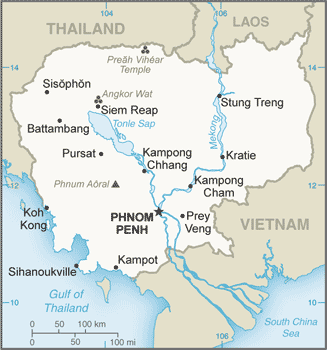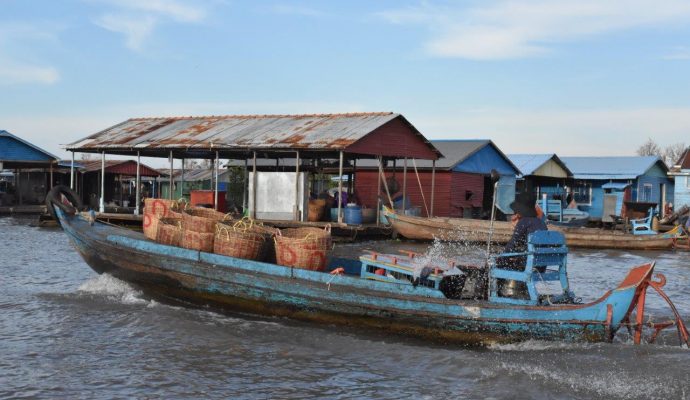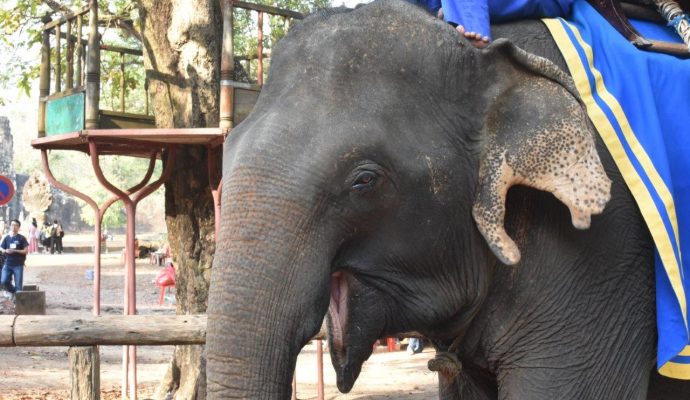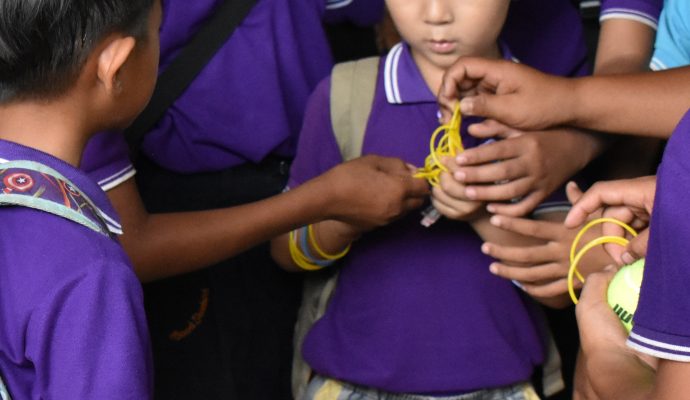In this life we are given a limited amount of specific moments, events, or experiences that offer us the opportunity to step outside of our own realities and into a new one, where our comfort zones are stretched, our perspectives are changed, and our hearts are transformed. For some this may be starting a new job, entering marriage, or moving into a new community. For me, this opportunity came in the form of a month-long study abroad program through my school, Spring Arbor University.

SAU offers the amazing opportunity to each of its students to travel to a foreign country for three to four weeks to study the culture and be fully immersed in it. Two professors lead a group of students on these trips and help them learn about the country’s five social institutions: family, government, religion, education, and economy. The Cross Cultural Studies program at SAU is an incredible opportunity to go beyond a tourist experience and truly understand and participate in foreign culture.

For my CCS experience, I travelled to Cambodia—a small country in Southeast Asia, half a world away from my school in Michigan and about sixty degrees warmer, with a daily high of around eighty-five to ninety degrees. As I sit here—back at school—writing this in midst of a blizzard, to say I miss Cambodia’s hot weather would be the understatement of the year.
Although Cambodia is a relatively tiny nation, it has suffered through enough turmoil and heartache for twenty nations. In the 1970s, Cambodia was torn apart by a civil war that eventually led to an overthrow of the government by a guerrilla warfare group known as the Khmer Rouge. The Khmer Rouge and their leader, Pol Pot, desired to take Cambodia back to Year Zero, wiping clean the country’s slate, creating a communistic, completely agrarian society free of culture and any differences between the people. To complete their goals, the Khmer Rouge killed the educated people, tore apart families, and forced citizens to work in agrarian labor camps. The horrors experienced in these camps were quite similar to the torture the Jews experienced in the Nazi concentration camps. The Khmer Rouge’s brutal reign of terror lasted for four years, ending in 1979 when Vietnamese forces liberated the Cambodian people and drove out Pol Pot and his forces. At the end of the four-year genocidal madness, three million people lay dead in Cambodia’s Killing Fields, the multiple mass graves all throughout Cambodia that are the final resting places for the victims of the Khmer Rouge.
Considering the widespread, nearly-total destruction of Cambodia during Pol Pot’s reign, it is astounding to see where Cambodia is today. There has been incredible recovery, reconstruction, and growth during the last forty years, much to the credit of the amazing resiliency of the Cambodian people. Their strength is nothing short of awe-inspiring. I cannot fully express the amazement I have for how this country has reconstructed their society and culture in such a short time.

Despite this truly remarkable recovery, Cambodia is still a developing country, and therefore still struggles with poverty, brokenness, and social injustice. Human trafficking is a thriving industry in Cambodia. Girls, as well as some boys, are often forced into the sex industry because of the crippling poverty that they and their families live in. Sometimes victims are sold into slavery to earn money for their starving families. Others are forced to choose to enter the industry to support and feed their families back home. Still others are tricked into the industry, taking jobs they believe to be restaurant or hospitality, only to find out they will now be forced to be sex workers and accept clients. Whatever the route is that leads them to trafficking, the effects are always the same: complete loss of self-worth, physical and sexual abuse, drug addiction, suffering, and widespread destruction.
While there were a few personally challenging experiences I encountered in Cambodia, such as food poisoning, language barriers, dehydration, etc., arguably the most challenging part of being in Cambodia was trying to understand where God is in all of the darkness, the pain, the suffering. Where can you see God in an orphanage filled with malnourished, HIV positive children? Where do you find God in the Killing Fields as you’re staring at a tree that Khmer Rouge soldiers smashed innocent babies’ heads against to kill them before throwing them in a massive grave next to their dead mothers’ bodies? Where do you find God amongst the rows and rows of girls being openly trafficked outside of brothel after brothel after brothel?
These were the questions that raced through my mind as I played jump rope with the children at the orphanage, mourned at the mass graves of murdered Cambodians, and felt helpless desperation as I walked past girls lost in oppression.

I wrestled through the questions in light of the story of Joseph. It’s no secret that Joseph had a difficult life. He was sold by his own brothers into slavery, accused of adultery, and thrown into prison, far from home and all alone in a foreign country. God brought favor to Joseph, though, and eventually Joseph was placed second in command over Egypt and in charge of the selling of the country’s stockpiles of grain during a widespread famine.
One day Joseph finds himself standing in front of the very brothers who sold him into slavery. Naturally, the brothers are terrified of what Joseph is going to do to them now that he has such great power. Instead of punishing them, though, Joseph tells them this: “While you meant it for evil, God meant it for good” (Gen 50:20).
Digging into the original Hebrew meaning of the word “meant,” I discovered that it actually means “to weave.” So essentially, Joseph is saying that the entire time the brothers were weaving evil into his life, God was re-weaving it into something good.

Once I shifted my perspective to the one revealed by Joseph, I began to see what I was experiencing, in a totally new light. God can be found in the former brothel that was transformed by a rescue organization into an aftercare ministry for those freed from trafficking. God can be found in the songs about Jesus the children at the orphanage sang in praise to Him despite the suffering they had lived through. God can be found in the growing Christian church in Cambodia, which has found fertile soil in Cambodia because of the lessening of Buddhism’s influence after the Khmer Rouge regime’s attempts to annihilate religious beliefs in Cambodian society.
Just as in Joseph’s story, God did not orchestrate or inflict this suffering on Cambodia. Instead, He took Satan’s attempts to weave evil in the world and rewove them into something good, something beautiful. If Cambodia taught me one thing, it was surely this: While we know that Satan may cast shadows into our lives, into the world around us, we can rest in the truth that our God is light and that He makes the darkness tremble. And friends, I bring back great news from the other side of the world: Cambodia is shaking.
- Shaking Things Up in Cambodia - February 27, 2018
Thank you for sharing your journey and experiences in this incredibly written story. The history of the Cambodian people isn’t very well known throughout our world, and yet it was such a horrific time for their people. Their recovery is truly inspiring. Your insights and compassion are so we’ll expressed in the article. Thank you for bringing their story to us.
Thank you for your support and interest in both my experiences and in
learning more about the Cambodian people and their culture!